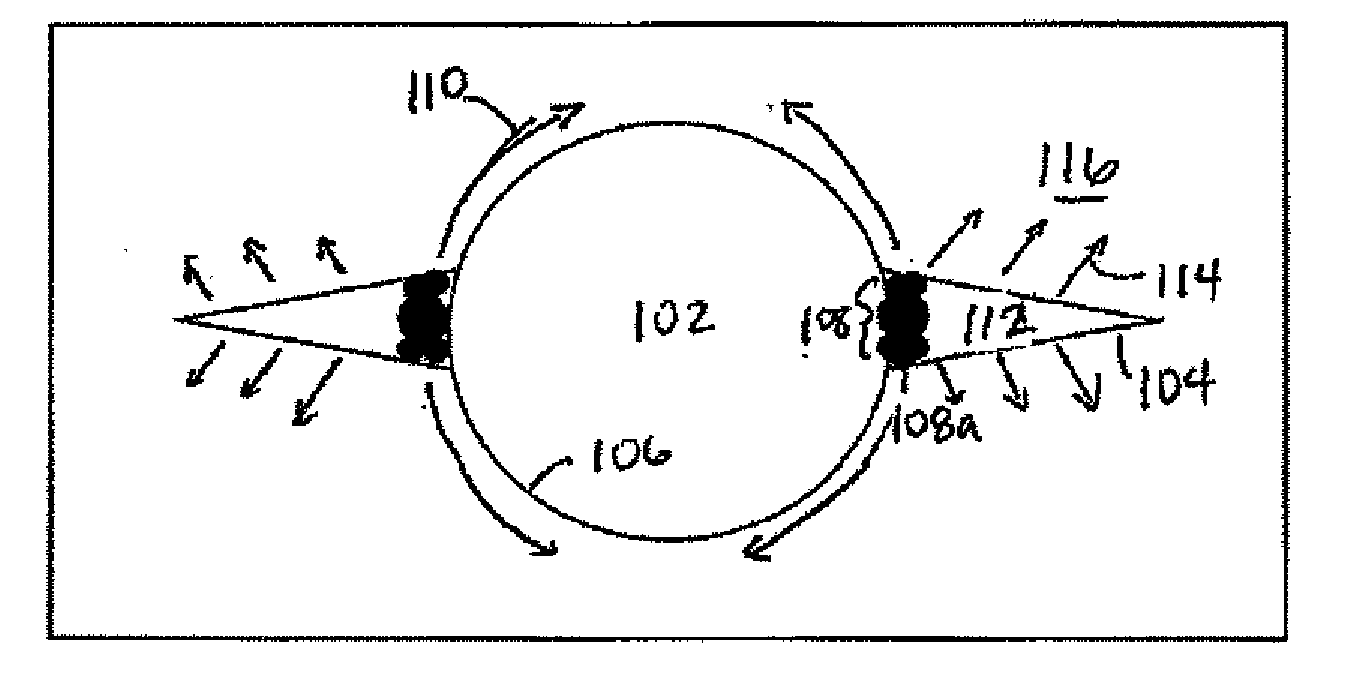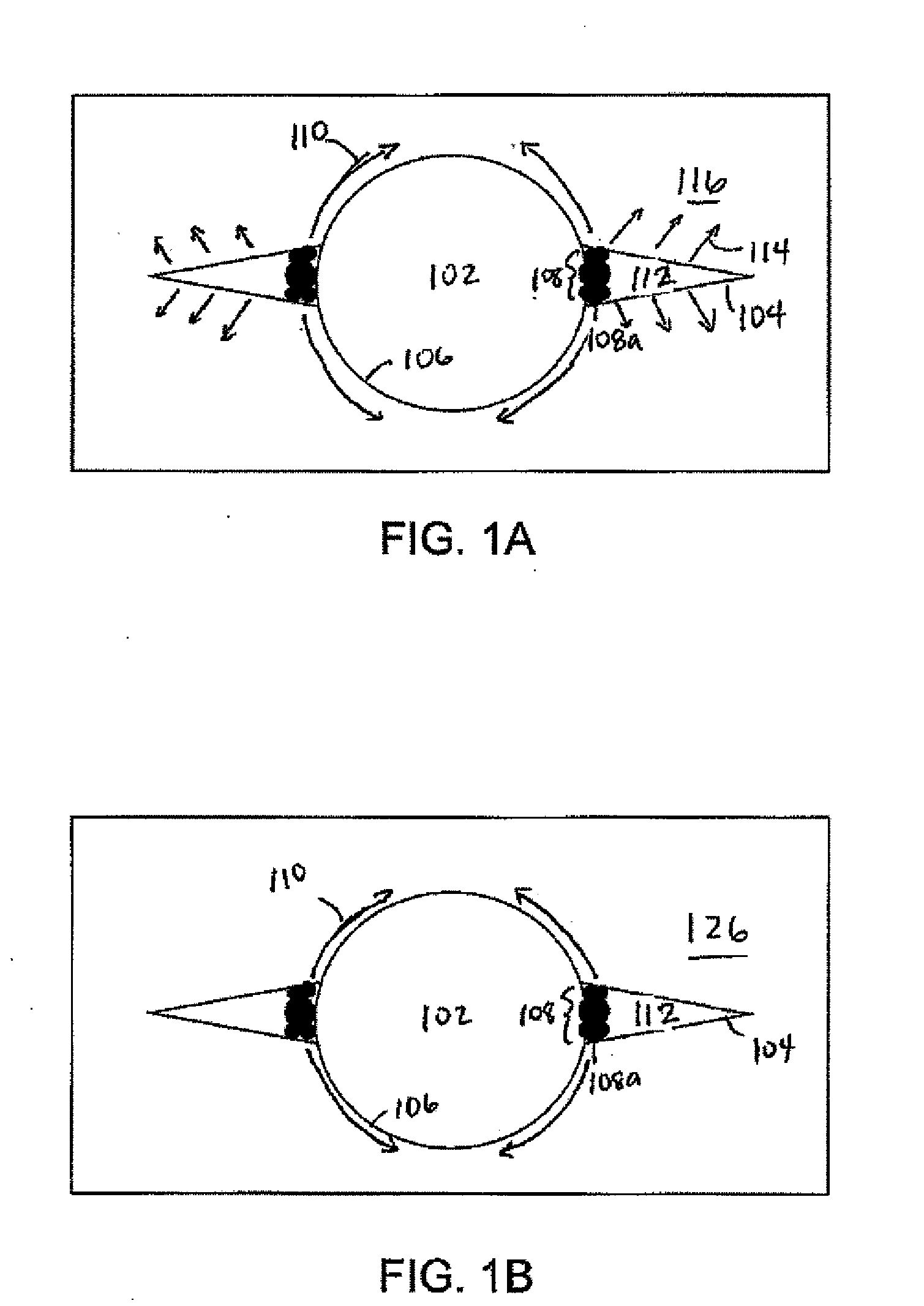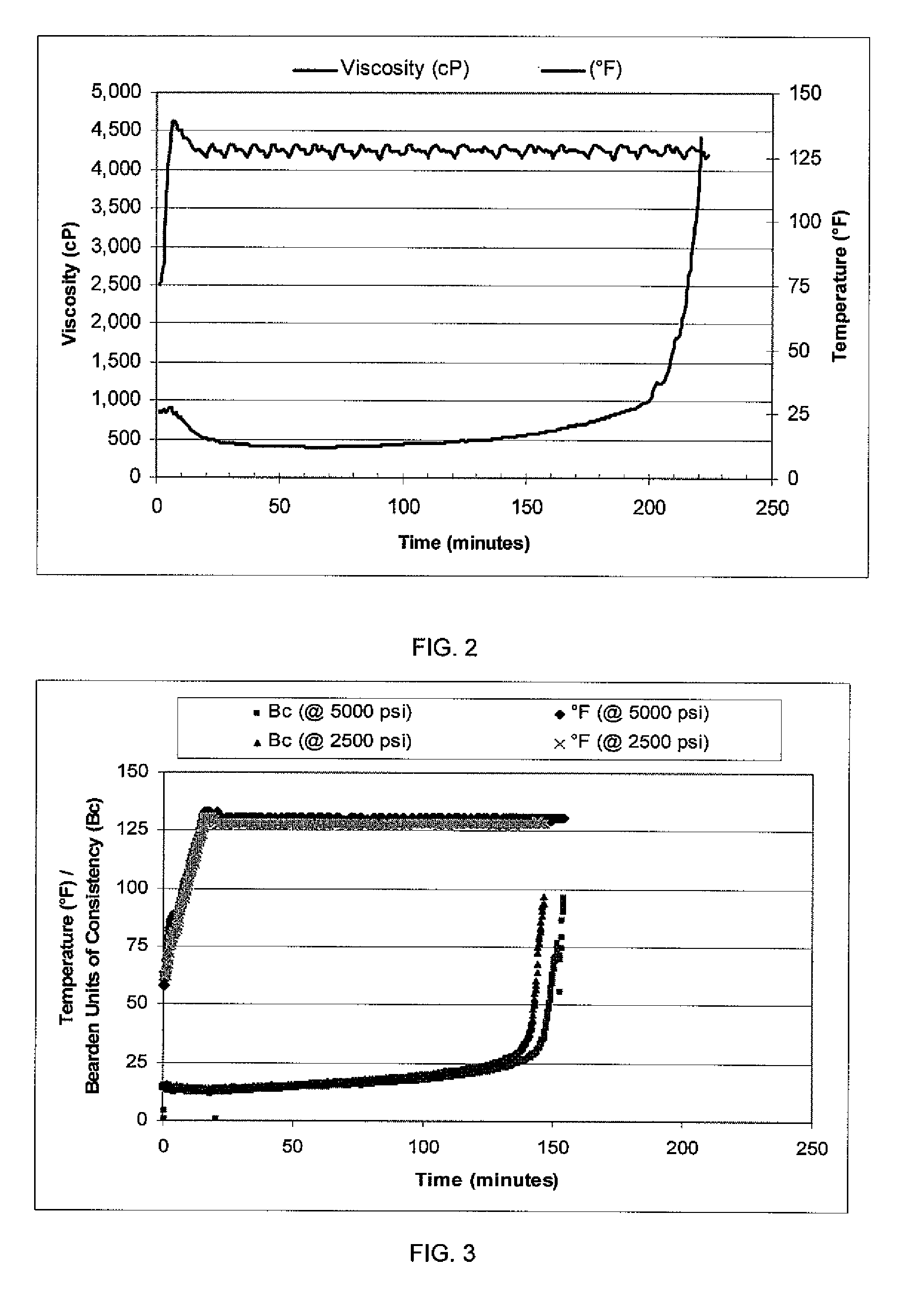Methods of increasing fracture resistance in low permeability formations
a low permeability, fracture resistance technology, applied in the direction of fluid removal, sealing/packing, borehole/well accessories, etc., can solve the problems of fracture and thus induced mud loss of formation, difficult situation, and near impossible drilling of certain depleted zones, etc., to increase the fracture resistance of a low permeability formation
- Summary
- Abstract
- Description
- Claims
- Application Information
AI Technical Summary
Benefits of technology
Problems solved by technology
Method used
Image
Examples
example 1
Formulation
[0052]The following example includes an oil-based pill and experimental data showing properties of the set fluid. The pill was formed, using a Hamilton Beach mixer, by mixing and shearing the required quantity of diesel (low sulfur No. 2) and EMI-1160, an epoxy resin available from M-I LLC (Houston, Tex.), for five minutes; adding VG-SUPREMET™, an organoclay viscosifier available from M-I LLC (Houston, Tex.) and shearing until homogenous. The SAFE-CARB® solids, calcium carbonate available from M-I LLC (Houston, Tex.), are then mixed in until homogenous. Prior to use, EMI-1161, a polyamine and EMI-1162, an amine blend, both available from M-I LLC. (Houston, Tex.), are mixed in until homogenous. The pill components are listed in Table 1 below.
TABLE 1ComponentQuantityDiesel oil0.137 bbl / lbblVG-SUPREME ™3.50 ppbEMI-11600.43 bbl / lbblSAFE-CARB ® 40105.60 ppbSAFE-CARB ® 25020.00 ppbSAFE-CARB ® 50025.00 ppbG-SEAL ®25.00 ppbEMI-116176 ppbEMI-11627.4 ppb
[0053]Temperature and Pressu...
example 2
[0075]In another example, casing was set at 2388 feet. The shoe was drilled out and tested to demonstrate a native formation strength of 988 psi above mud hydrostatic or 17.32 ppg. The well was drilled to expose 90 feet of shale formation and the leak-off test was re-run to confirm a native strength of 17.04 ppg.
[0076]A cement pill was placed across the entire open hole with a stress cage formulation containing 25 lbs / bbl BARACARB® 600, ground marble, 5 lbs / bbl BARACARB® 150 and 10 lbs / bbl STEEL-SEAL® regular, industrial carbon, all of which are available from Baroid Fluid Services (Houston, Tex.). Water content in the cement was adjusted to produce a 1000 psi compressive strength at the time the hole was redrilled. The cement / stress cage pill was squeezed into place and pressure held while the cement set. The hole was re-drilled (all but the last 10 feet). A leak-off was run to a pressure of 1179 psi above mud hydrostatic or 18.58 ppg. 18.58 ppg was the anticipated overburden at th...
PUM
 Login to View More
Login to View More Abstract
Description
Claims
Application Information
 Login to View More
Login to View More - R&D
- Intellectual Property
- Life Sciences
- Materials
- Tech Scout
- Unparalleled Data Quality
- Higher Quality Content
- 60% Fewer Hallucinations
Browse by: Latest US Patents, China's latest patents, Technical Efficacy Thesaurus, Application Domain, Technology Topic, Popular Technical Reports.
© 2025 PatSnap. All rights reserved.Legal|Privacy policy|Modern Slavery Act Transparency Statement|Sitemap|About US| Contact US: help@patsnap.com



